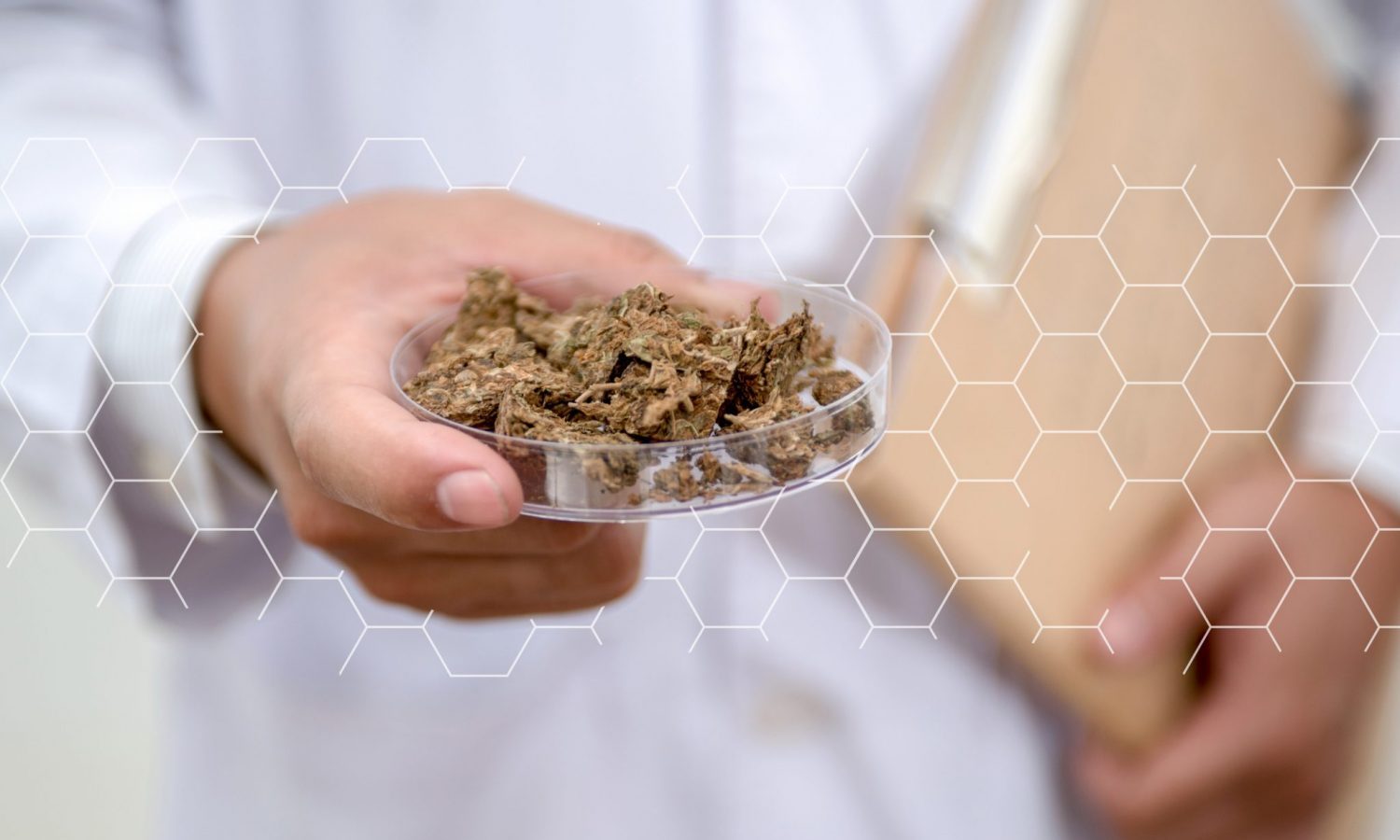
Is illegal storage of marijuana dangerous to people’s health?
Some argue that marijuana is far less toxic than any lab-made drug because it is a plant native to Mother Earth. While the sentiment and logic are in place, the sad truth is that our planet, its soil and the way we grow plants in this modern age are a far cry from what can be termed “organic”. could.
Pollution, hazardous chemicals, and indiscriminate farming techniques have led to all sorts of health problems throughout modern history. Organizations like the EPA and FDA have entire branches dedicated to more sustainable, healthier, and safer farming practices in this country. Unfortunately, these organizations are run at the federal level, meaning the multi-billion dollar cannabis industry is relatively unregulated in this regard at the federal level. This gap has led to some eye-opening recent discoveries that could put the health of cannabis users at risk.
A recently to learn from Arizona State University, published in the journal Environmental Health Perspectives, looked for contaminants in marijuana samples. The researchers examined every area where cannabis is legal and found a shocking amount of contaminants that shouldn’t be present on anything people consume. Not only were dangerous contaminants found in many samples, but the sheer numbers are alarming.
“As of May 18, 2022, 36 states and the District of Columbia have listed a total of 679 cannabis contaminants as regulated in medicinal or recreational cannabis,” the study’s findings read. The list of contaminants included pesticides, inorganics, solvents, mycotoxins and other contaminants, according to the report.
While the number of contaminants is certainly a huge red flag, it’s not really shocking when you think about how the marijuana industry has exploded of late without strict federal guidelines, standards, or regulations. After all, the marijuana industry is completely unique when compared to other types of farming and plant care.
If you have weeds in your lawn, there is a special weed killer or even a weed killer-fertilizer combination. This substance must first be tested and approved and is then available on retail shelves near you. On the other hand, if you grow marijuana, all you have is word of mouth through a phone game when it comes to tackling new pests, molds, and diseases.
This trial and error method of growing is likely a contributing factor to all of this contamination. That and, of course, a lack of federal oversight of crops with alarmingly high levels of pesticides that are destined for other uses.” corresponding The Atlantic.
Photo by Esther Keller/Getty Images
Pesticides aren’t the only cause of health concerns when it comes to a world of unregulated marijuana cultivation. The soil on which the marijuana grows can also have dangerous consequences for the consumer if left unchecked. Marijuana has the ability to absorb heavy metals from the soil. These metals include carcinogenic and hazardous metals such as lead, mercury, chromium, and others. This rare property of cannabis can sometimes be a great asset to the planet and farmers. Planting hemp in areas contaminated with certain toxic metals can help clean up the soil.
But when it comes to growing marijuana for human consumption, that intake can have potentially toxic consequences.
RELATED: The differing guidelines for marijuana pesticide testing
“The heavy metal content of cannabis is not regulated; As such, consumers could be unknowingly exposed to these toxic metals,” said Louis Bengyella, an assistant professor of plant sciences at Penn State. These results are alarming when it comes to anyone who uses cannabis, especially those who use it for medicinal purposes. “This is bad news for anyone who uses cannabis, but it’s particularly problematic for cancer patients who use medical marijuana to manage the nausea and pain associated with their treatments,” Bengyella said.
According to the ASU study, “reports of cannabis use indicated use in multiple patient populations susceptible to contamination toxicity, including cancer patients (44,318) and seizure patients (21,195).” Marijuana is commonly used to treat side effects of cancer treatments , meaning many people who consume these potentially carcinogenic and otherwise harmful toxins are already battling cancer or other compromising diseases. This should at least be enough to sound the alarm. “This study demonstrates the urgent need for a unified regulatory approach to mitigate the risk of cannabis contamination to public health at the national level.” closed the authors of the study.
 Photo by bonchai wedmakawand/Getty Images
Photo by bonchai wedmakawand/Getty Images
To help prevent potentially harmful contaminants from reaching cannabis users, the study authors suggest that individual states and the federal government need to work together to set standards and guidelines. This is of course much easier said than done.
RELATED: Why the cannabis industry needs more rigorous testing
Because marijuana is still listed as a Schedule 1 drug, it is simply not possible to treat marijuana the same way as other plants used by American citizens. Meanwhile, marijuana continues to be used in record amounts, and its pollutants may not be properly regulated until it’s finally decriminalized.

Post a comment: